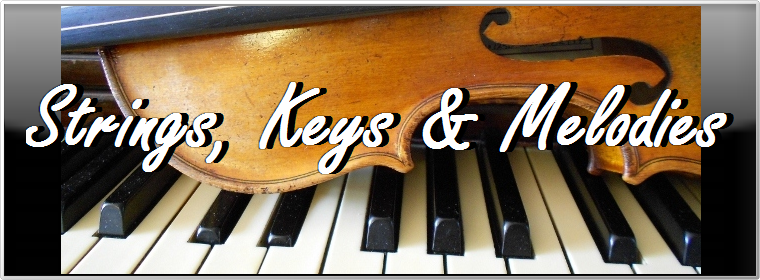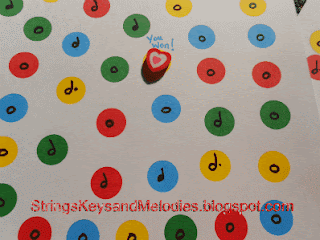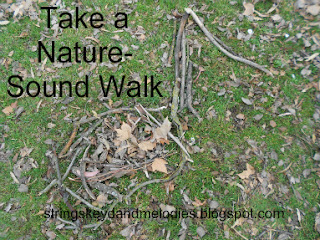As humans, we have been
created to use our vocal chords to talk and sing all day long. As singers, our voices are our
instruments. Other musicians can replace
their instruments if they wear out but singers can’t. We have only one voice for our lifetime. We need to take care of our voices so they
stay healthy and do not wear out before their due dates.
10 Healthy Habits
5 Do’s
1. Drink lots of water. Stay hydrated all day long. Don’t just drink water while you are singing. You need to get and keep your vocal chords
hydrated before you begin singing.
2. Eat a healthy diet. Your voice is a part of your body so keep
your entire instrument healthy.
3. Exercise. Again, keep your entire body/instrument
healthy!
4. Warm up your voice. Hum, do lip trills, and sing gently before
bolting out your performance song.
5. Take care of allergies and colds so you
can breathe correctly.
5 Don’ts
1. Avoid straining your voice and singing
at the top and bottom of your range for long periods of time.
2. Avoid screaming and shouting for long
periods of time.
3. Avoid coughing and clearing your
throat. This might be hard to do during
cold and flu season, but do your best!
4. Avoid singing when you have a sore
throat. Give your throat a rest.
5. Avoid smoking! It’s bad for your vocal chords as well as
your entire body.
Bonus Habit!












